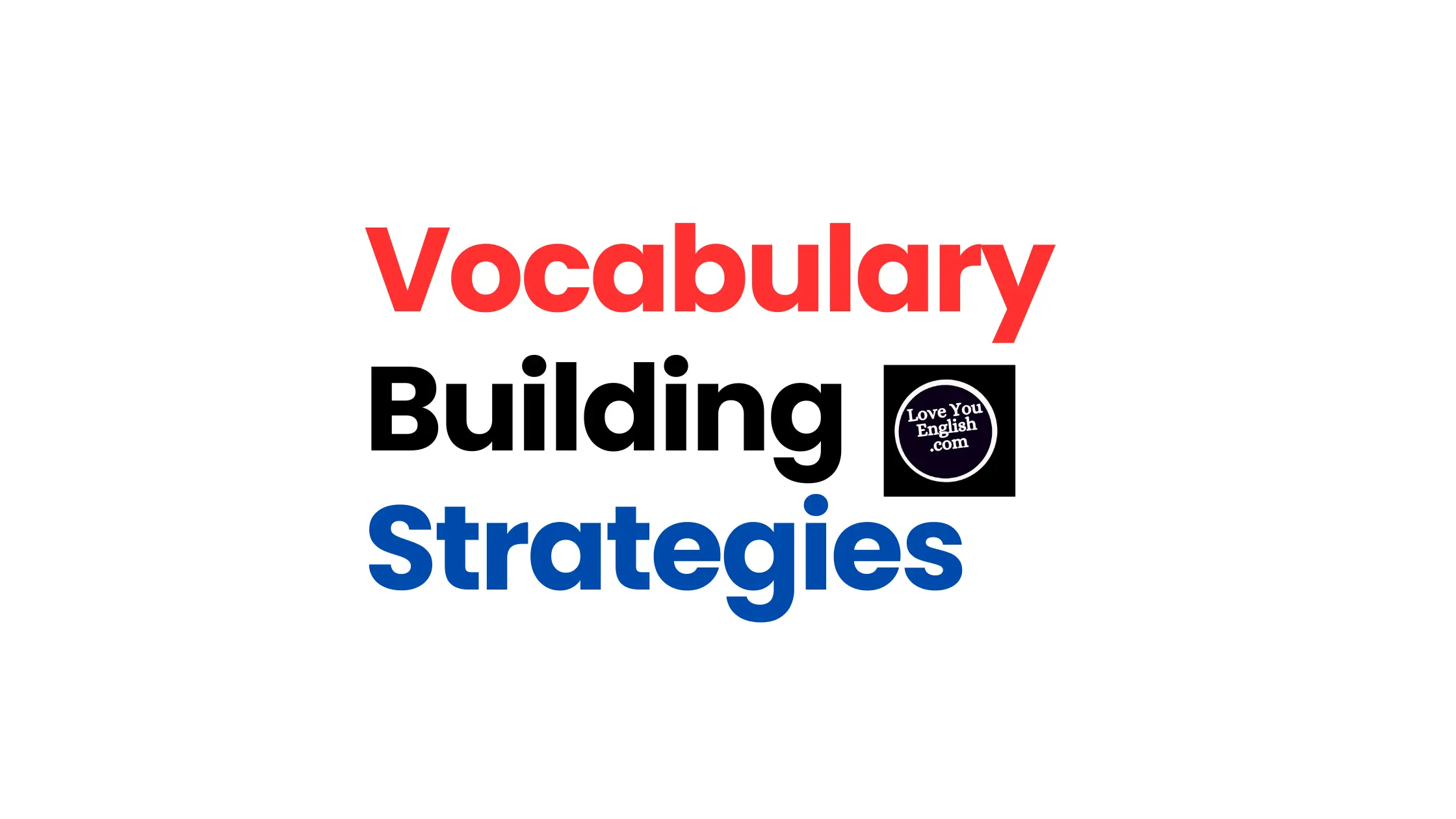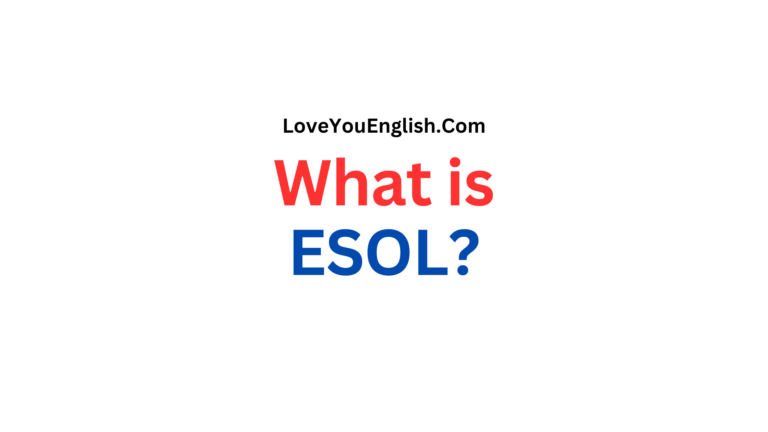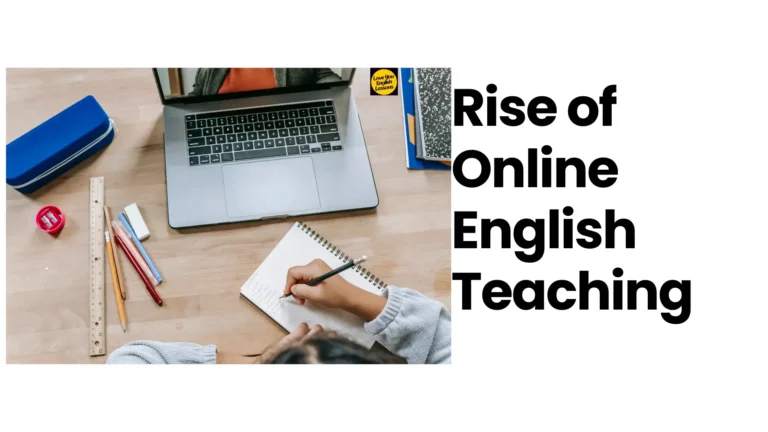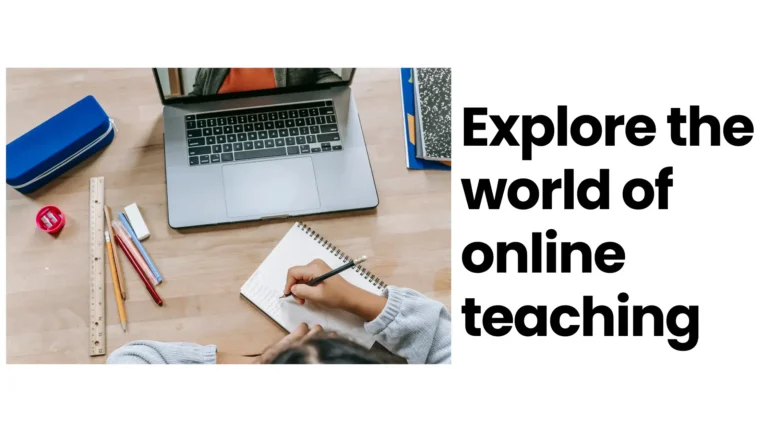Building Vocabulary: Creative Approaches and Activities
Building Vocabulary: Creative Approaches and Activities
Hello everyone,
Learning new words is really important when you’re studying English.
It helps you talk and understand better.
Having a big vocabulary lets you express yourself clearly, read harder stuff, and have better conversations.
But just memorizing words over and over can get boring and doesn’t help you remember them for a long time.
Instead, there are fun and creative ways to learn new words that make it more interesting and helpful.
This blog post talks about different cool ideas and activities to help you learn more English words in a fun and meaningful way.
Vocabulary Games and Brain Teasers
Vocabulary games and brain teasers are super fun ways to learn new words and challenge your brain.
These activities can be played in class or at home, and they can be adjusted to match your skill level.
Word Search and Word Scramble
Word search and word scramble are classic games that make learning vocabulary exciting.
In word search, you have to find hidden words in a grid of letters.
In word scramble, you have to unscramble jumbled letters to form words.
These games help you practice spelling and word recognition.
How to Play:
Word Search: Look for words hidden horizontally, vertically, or diagonally in a grid of letters. Circle or highlight the words you find.
Word Scramble: Rearrange the jumbled letters to form meaningful words.
You can start with easy words and then challenge yourself with more difficult ones.
Fill in the Blanks
Fill in the blanks is a cool activity that tests your knowledge of vocabulary.
You are given a sentence with missing words, and you have to fill in the correct words to complete the sentence.
This activity helps you understand how words fit into sentences and improves your grammar skills.
How to Play:
Read the sentence carefully and think about what word would make sense in the blank.
Choose the correct word from the given options and write it in the blank space.
Check if the completed sentence makes sense and if the word you chose fits well.
By playing these vocabulary games and brain teasers, you’ll have a blast while expanding your English vocabulary.
So, get ready to have fun and learn new words at the same time!
You may want to read:
- Effective Strategies for Teaching English Grammar
- How to Teach English to Beginners
- Using Technology to Improve English Teaching
- Get Started Teaching English Abroad: A Step-By-Step Guide
- Certifications for Teaching English
How to Make:
Digital Tools: Utilize online resources such as Crossword Labs or Puzzlemaker to craft personalized crossword puzzles.
Include hints that connect to the definitions, synonyms, or sample sentences of the chosen vocabulary words.
Group Project: Split students into small teams and have each group design a crossword puzzle for their classmates to solve.
This teamwork activity encourages a deeper understanding of the vocabulary.
Vocabulary Hunts
Vocabulary hunts are a fun and visually appealing way to introduce new words.
They assist learners in recognizing word structures and enhancing their spelling skills.
How to Utilize:
Themed Vocabulary Hunts: Develop hunts centered around specific themes (e.g., animals, weather, emotions) to help learners link new words with related ideas.
Interactive Vocabulary Hunts: Utilize online platforms that enable students to create and solve hunts digitally, seamlessly integrating technology into the learning experience.
Narration and Creative Writing
Narration and creative writing tasks prompt learners to incorporate new vocabulary in meaningful contexts, improving their ability to recall and use words in real-world scenarios.
Story Dice
Story dice are cubes with images or words on each side that can spark storytelling. This activity fosters creativity and allows learners to practice using new vocabulary in context.
How to Engage:
Roll and Narrate: Roll the dice and have students craft a story using the images or words displayed.
Encourage them to include as many new vocabulary words as possible.
Collaborative Storytelling: In a group setting, each student contributes a sentence to a story based on the rolled dice, expanding on each other’s ideas while incorporating target vocabulary.
Vocabulary Jar
A vocabulary jar contains slips of paper, each with a different vocabulary word. This activity can be used for spontaneous storytelling or writing exercises.
How to Utilize:
Everyday Drawing: Let students pick a word from a container each day and incorporate it into a sentence or brief story.
This can be a enjoyable way to kick off the class and stimulate creative thinking among students.
Writing Triggers: Utilize words from the container as writing triggers for longer assignments.
This motivates students to ponder deeply about the definitions and applications of new words.
Visual Triggers
Using images as triggers for writing or speaking exercises can assist learners in linking words with visual representations, aiding memory and understanding.
How to Utilize:
Describe the Setting: Display a picture to students and have them explain what they see using new vocabulary words. This can be carried out as a written task or as a class conversation.
Story Development: Present a sequence of pictures and have students craft a story that links them together, incorporating as many new words as possible. This task fosters creativity and contextual use of vocabulary.
Multimedia Tools
Incorporating multimedia tools such as videos, songs, and interactive apps can make vocabulary learning more lively and captivating.
Educational Videos
Videos can offer visual and auditory contexts for new vocabulary, making it simpler for learners to grasp and remember words.
How to Utilize:
YouTube Channels: Utilize educational YouTube channels like “English with Lucy” or “BBC Learning English” that concentrate on vocabulary expansion. Follow up with activities that reinforce the words taught in the videos.
Interactive Viewing: Pause videos at crucial points to discuss new words, pose comprehension questions, and have students utilize the words in sentences.
Songs and Music
Music is a potent tool for language learning, as it aids in memorization and pronunciation through rhythm and repetition.
How to Utilize:
Lyrics Analysis: Select songs with extensive vocabulary and have students analyze the lyrics.
Delve into the meanings of new words and phrases, and inspire students to incorporate them into their own sentences.
Language Learning Apps
There are many cool apps that can help you learn new words and have fun at the same time!
Awesome Apps:
Duolingo: This app turns learning into a game! You can play fun vocabulary lessons over and over again to help you remember words.
Quizlet: With this app, you can create your own flashcards and play different games to practice your vocabulary.
Memrise: This app uses cool pictures and videos to help you remember new words. It also repeats words at just the right time to help you remember them better.
Interactive and Hands-On Activities
Activities that you can touch and interact with can make learning vocabulary super fun and easy to remember!
Vocabulary Bingo
Vocabulary Bingo is a super fun game that can help you remember new words and what they mean.
How to Play:
Make Bingo Cards: Instead of numbers, put vocabulary words on your Bingo cards. The teacher will read out definitions, and you mark the words on your card.
Classroom Competitions: Have regular Bingo games in class to review vocabulary. You can even win small prizes to make it more exciting!
Role-Playing and Simulations
Role-playing and simulations let you practice using vocabulary in real-life situations.
How to Use:
Act It Out: Pretend you’re in a real situation like shopping or ordering food. Practice using the vocabulary with a partner or in a small group.
Simulation Games: Play games like “The Sims” or “Second Life” where you can create characters and talk to other people. This helps you practice vocabulary in a fun way.
Vocabulary Walls
Vocabulary walls are like big posters with new words on them.
They can help you remember words and have them right in front of you whenever you need them.
Creating a Classroom Display:
Make a special part of the classroom wall for showing new vocabulary words.
Add pictures, definitions, and example sentences. Remember to update it often to match what you’re learning.
Making an Interactive Wall:
Make the vocabulary wall interactive by adding cards that students can take to their desks.
They can use these cards for individual or group activities.
Using Thematic Vocabulary Lists and Activities:
Thematic Word Lists:
Create lists of words based on different themes like food, travel, emotions, or sports.
This will help you connect new words to things you already know.
How to Use:
Weekly Themes: Each week, focus on a new theme and learn vocabulary related to it. Read passages, write about it, and talk about it.
Project-Based Learning: Do projects that match the theme, like making a travel brochure or writing a restaurant review. This will help you use the new words in a meaningful way.
Vocabulary Journals:
Keep a vocabulary journal where you can write down new words, their meanings, and example sentences.
How to Use:
Daily Entries: Write a few new words every day, along with their definitions, synonyms, antonyms, and example sentences. Make sure to use these words often.
Reflection and Review: Every now and then, look back at your journal and think about how you’re doing. You can do this by yourself or with a friend.
Interactive Reading Activities
Reading is a great way to learn new words. Interactive reading activities can help make learning new words more fun and effective.
Guessing Words
Before reading, try to guess the meanings of new words using clues from the text and what you already know.
How to Do It:
Talk About It: Talk with a partner or in a small group about new words in the text. Guess what they mean and how they fit in the story.
Find Clues: While reading, find new words and try to figure out what they mean from the story. Talk as a class to see if your guesses were right.
Reading Together
Reading out loud can be more fun when you talk about new words and use them in your own sentences.
How to Do It:
Stop and Talk: Pause while reading out loud to talk about new words. Try to explain what they mean and how they are used.
Word Challenges: After reading, try using new words in sentences or stories. You can do this alone or with friends.
Learning About Cultures
Learning about different cultures can help you understand new words better and remember them.
Making Friends Around the World
Talking to pen pals from other countries can help you practice new words in real conversations.
How to Do It:
Pen Pal Programs: Work with a school in an English-speaking country to exchange letters or emails with pen pals.
This will help you use new words in real situations and learn about other cultures.
Online Chats: Set up online chats with your pen pals to talk and practice your vocabulary skills.
Different Ways to Celebrate Cultures
There are many ways to incorporate cultural celebrations into your school curriculum.
By doing so, you can expose students to new vocabulary related to holidays, traditions, and customs.
Here are a few ideas:
Holiday Projects: Assign projects where students can research and present on different holidays and traditions from around the world.
Encourage them to use new vocabulary words related to these celebrations.
Cultural Days: Organize special days where students can participate in activities, try new foods, and learn about different cultures.
Use these opportunities to introduce and reinforce relevant vocabulary.
Peer Collaboration and Group Activities: Collaborative learning activities can help students build vocabulary through social interaction and peer support.
Here are two fun games you can try:
Vocabulary Charades: Divide students into small groups and have them act out vocabulary words without speaking.
The other group members can guess the word based on the actions.
You can add a timer to make it more exciting and offer rewards for the team that guesses the most words correctly.
Word Circles: Have students sit in a circle and take turns using new vocabulary words in sentences.
Start with one student using a word in a sentence, and then the next student must use a different word from the same list in a new sentence.
This activity encourages creativity and reinforces word meanings in context.
By incorporating these activities into your curriculum, you can make learning about different cultures and vocabulary more engaging and enjoyable for your students.
In the end, learning new words doesn’t have to be boring.
Teachers can make it fun and interesting by using creative methods and interactive activities.
They can play word games, tell stories, use videos and pictures, and even explore different cultures.
By using different techniques, teachers can help all types of learners and keep them excited about learning English.







